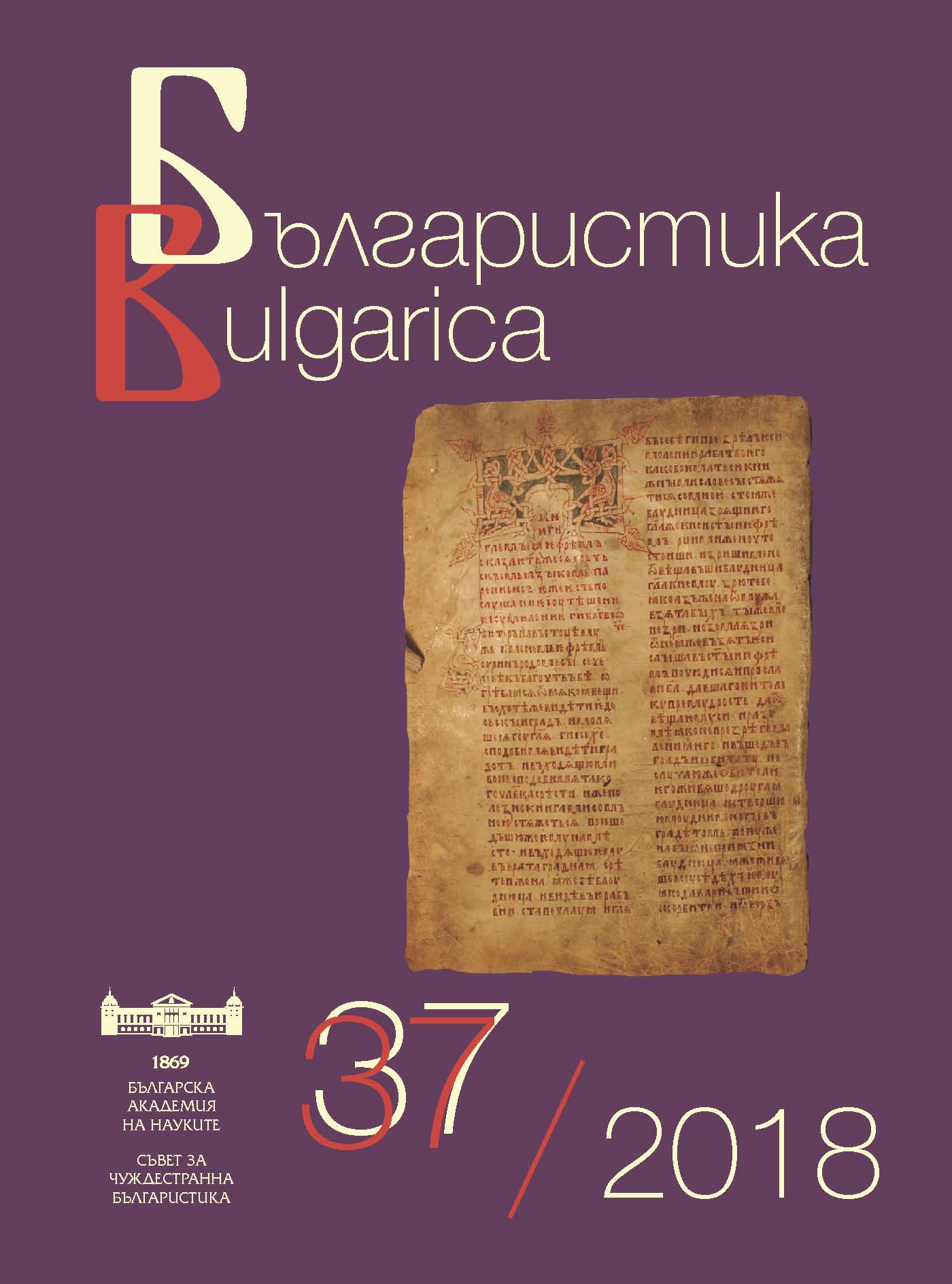
We kindly inform you that, as long as the subject affiliation of our 300.000+ articles is in progress, you might get unsufficient or no results on your third level or second level search. In this case, please broaden your search criteria.






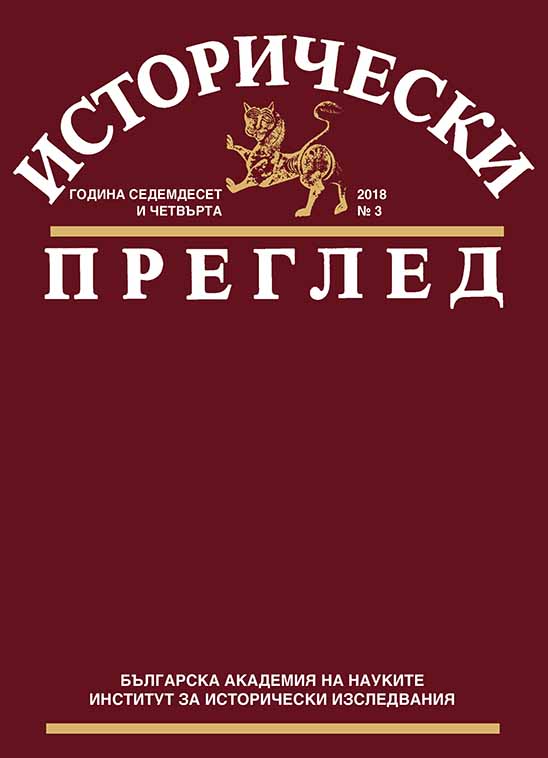


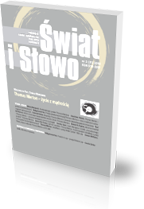
The year 2018 marks the quinquagenary of Thomas Merton’s death. A wealth of international events has been organized to commemorate this monk, writer, peace and social justice activist, renewer of monastic life, and significant contributor to interreligious dialogue. This issue of the biennial journal "Świat i Słowo” is a Polish contribution to those events. Consisting of two original articles written specifically for this occasion, as well as translations of several important articles that were first published in "The Merton Annual” - a flagship journal of international Merton scholarschip – Thomas Merton – Living with Wisdom pays homage to the versatility and intellectual and artistic accuity of the famous Trappist monk. Foregrounding the trope of wisdom, the articles gathered here present crucial aspects of Thomas Merton’s life and writing.
More...


The paper presents the results of the visual clay and glaze analysis carried out on restored stove tiles and pieces safe-kept at the Museum of Moslavina in Kutina; these results indicate that for the making of all the analysed stove tiles, which were synchronously made, the same casts and two types of clay were used. The stove tiles of Garić grad are divided into twenty various types and compared with analogue finds of stove tiles originating from the area divided into the so-called western and eastern region of the stove-making production. Stove tiles with full decorative front plates have relief ornaments – presentations as found in bestiaries, mediaeval literary descriptions of monsters and animals. When comparing the illuminations in the subject manuscripts with the presentations on stove tiles, all the motives used and their symbolics may be unmistakably recognised. Further, when considering the motives on the front plates and comparing them with analogue material, the influence of the stove-making products from workshops dating from the era of Sigismund of Luxemburg (the first half of the 15th ct.) may be recognised.
More...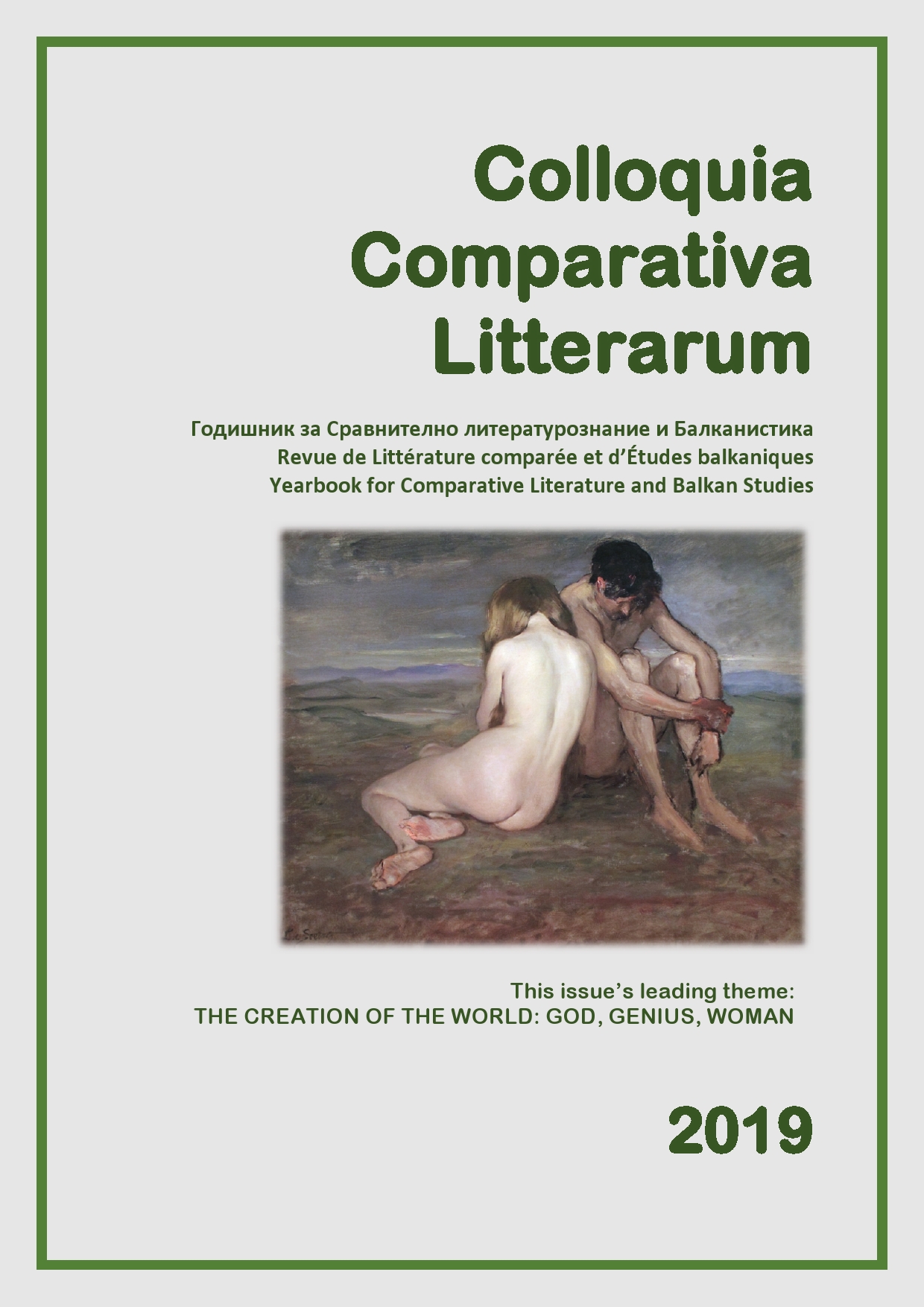
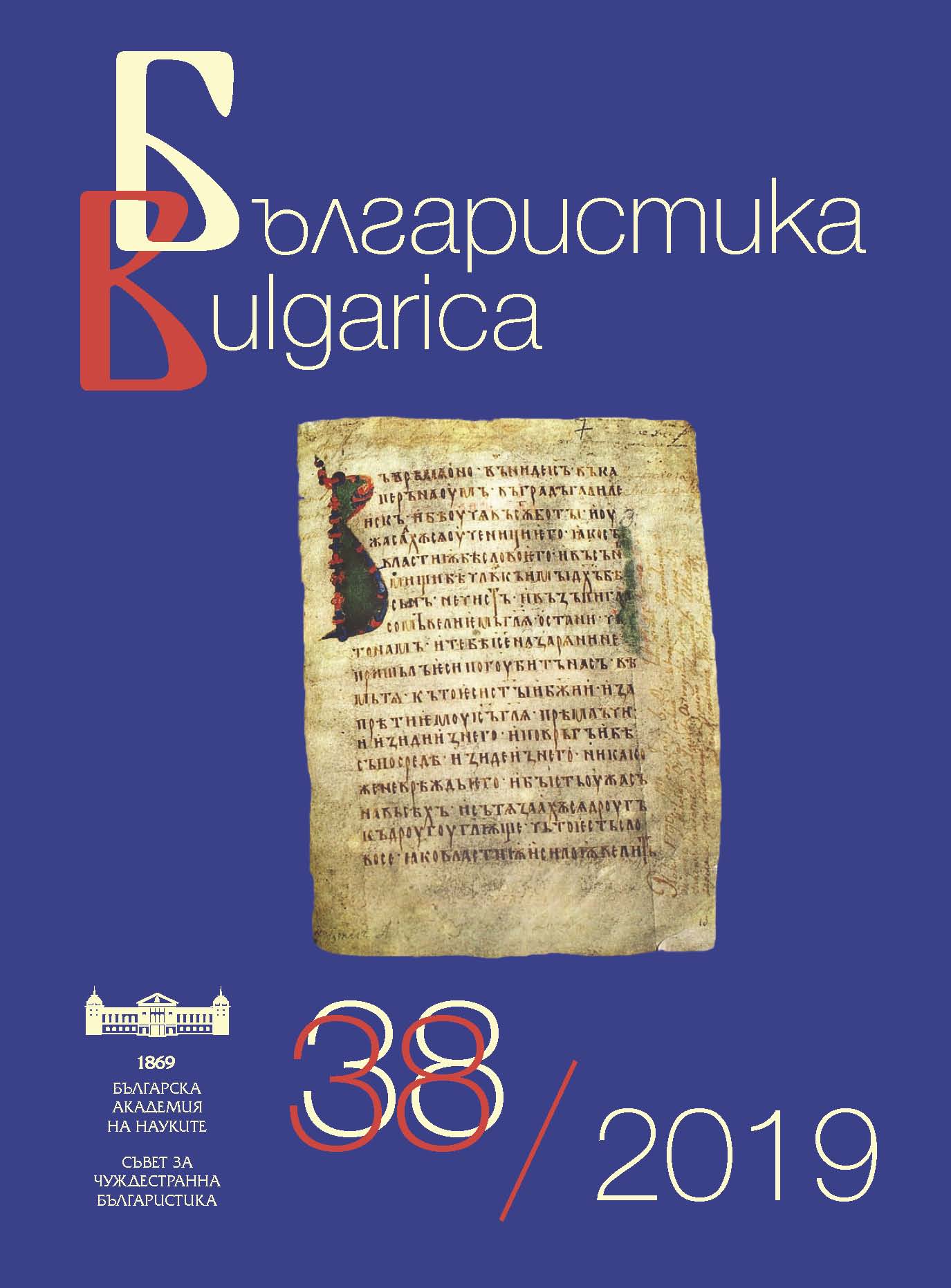



The aim of this paper is to analyse femininity as a cinematic depiction of uniqueness in three of Abbas Kiarostami’s films, Certified Copy, Like Someone in Love and a short film included in the anthology film Tickets, investigating the problem of universality and individuality in close connection with Jacques Lacan’s formula “The Woman does not exist”. Following the psychoanalytical approach that leads us to the problem of feminine jouissance and the way women escape from the phallocentric generalisation, we will emphasize the philosophical relevance of three recurring themes in Kiarostami’s films: woman’s identity, past-present continuity and artwork originality. This approach will allow us to grasp the problem of time, uniqueness, continuity and perception in Husserlian phenomenology and Gadamer’s philosophy of art, alongside the critique of truth in Heidegger’s ontology as well as in Austin&Searle’s “speech act theory”. The nodal point of these theories will be a concept of reality involving the consciousness and the interpretive acts of a subject and the woman’s role in expressing originality
More...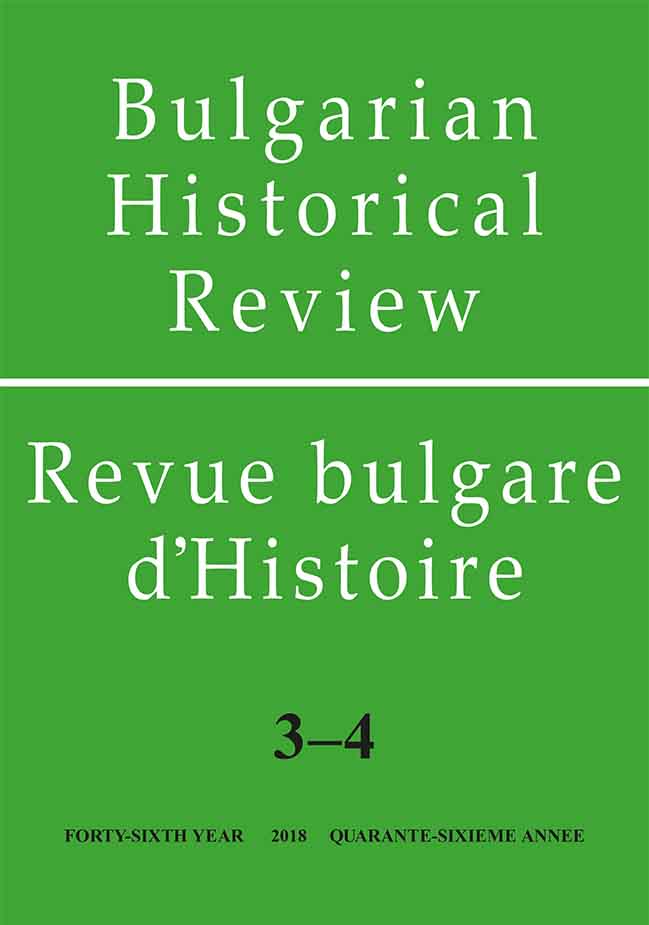
The article is devoted to an Old Testament apocrypha – the Testament of Abraham – and its presence, its importance and its functions in the convoy of a predominantly legal and polemical antiheretical collection compiled in the Principality of Moldova in the 16th century (BAR, Ms. Sl. 636). The first part of the article presents a deuterocanonical text, its variants, its history and the language in which it was created, and the environment in which it arose. Particular attention is paid to the translations of THE TESTAMENT OF ABRAHAM. Of course, the emphasis is on the Slavonic-language tradition of the text as well as on its convoy in the manuscripts through which we know it. Finally, the original Slavic text is published, with an interpretation of the individual chapters in relation to the Greek prototype of the work.
More...